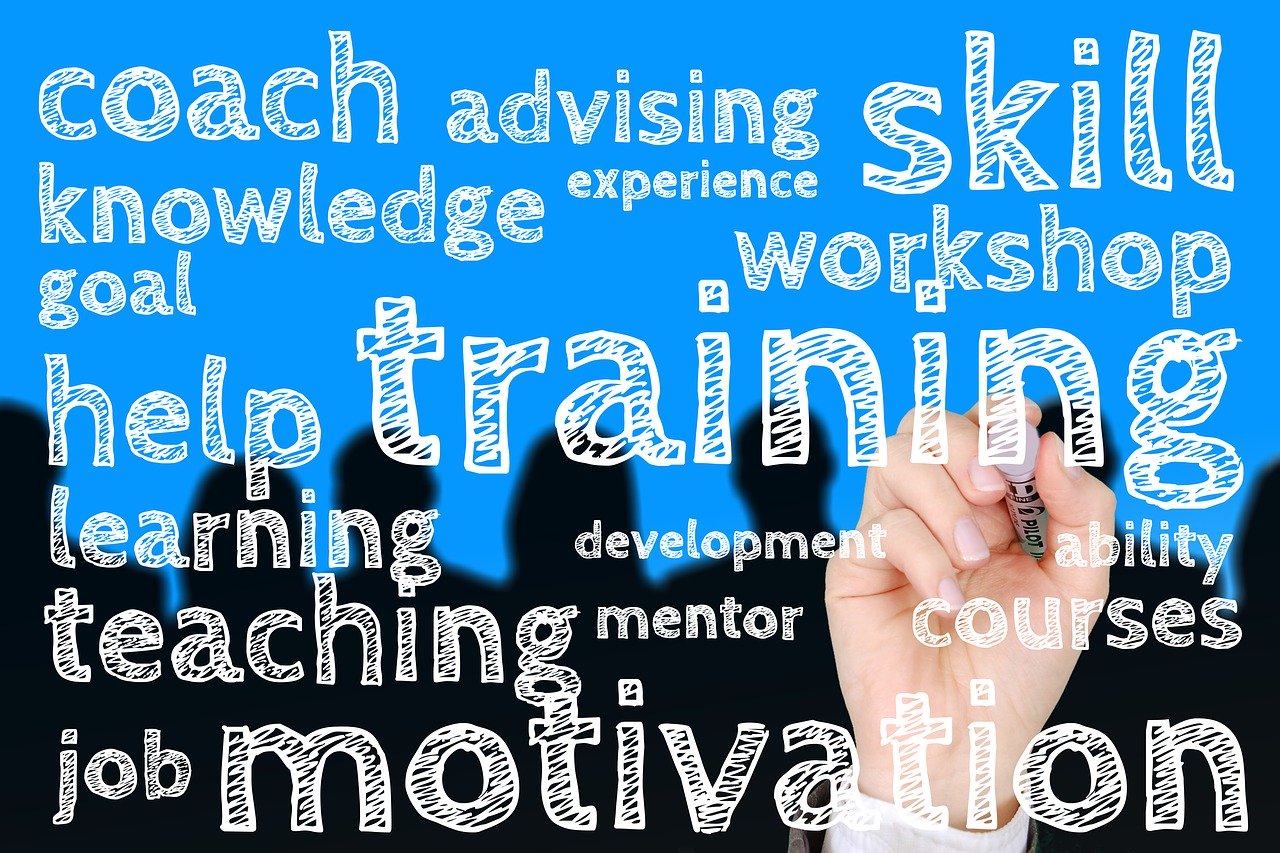
Raise your hand if professional development days before the new school year are your absolute favorite? Hands still wrapped around that cup of coffee? I thought so. Even as one who used to plan and facilitate PD days, motivation for setting up the classroom outweighed the desire to review the previous year’s assessment results and goals for this year. Yes, that should be evaluated and discussed, but the anticipation of having a class full of new learners and personalities is much more exciting! This school year, many teachers are still waiting to find out how teaching and learning will happen – physical classroom, virtual classroom, blend of both? As we wait with bated breath, what teacher PD options are available for online learning?
A term that many organizations are familiar with is ‘360-degree training’ which is an approach that focuses on multi-rater assessment and feedback from individuals such as clients, colleagues, supervisors, suppliers, and team members. The goal is that the feedback from multiple sources helps the trainee identify their strengths and weaknesses to improve overall practice – a 360-degree approach. This approach can be applied, and modified, to teacher PD especially when looking at providing teachers a complete picture of areas for improvement.
So what could a 360-degree training program look like for teachers?
Elements of 360-degree Training
- Quick and simple activities
Similar to what teachers expect of their students, application of the new skills provides ‘hands-on’ experience. Teachers are also at different levels of knowledge, depending on the subject area, so the activities should also account for differentiation (‘start with what you know’). Keeping the tasks short and simple gives teachers just enough practice before they do more on their own.
- Mini-knowledge checks
Immediate feedback is valuable in any learning experience. A question or two assessing the skill learned helps the teacher see how much they know and/or need to know. Especially when it comes to learning something new, these checks can also serve to build self-confidence before applying the new skill in practice.
- Easy access to materials after training for review
After training is over, teacher access to the materials used should be freely available any time. There are many moments, during and immediately after a training session, when confidence is high and success is assured. But after a few weeks, or months, of not using the skill(s) regularly, a teacher may feel ‘rusty’. Being able to review the materials used, even redo knowledge checks, can help reinforce the learned skills for application.
- Coaching and support from SMEs
During and after a training session, Subject Matter Experts can help answer questions, observe the learned skills in practice, and provide feedback. SMEs are also important for finding additional resources that can help teachers go beyond what was learned, further strengthening their skill set.
- Regular follow-up sessions
When it comes to follow-up on PD topics, it can be hit and miss. But regular and consistent follow-up is important and can lead to deeper dives into related skills. For example, if the initial PD sessions were centered on using a new online learning platform, follow up sessions could include how teachers have used the platform, tools that were especially helpful, and planning how to use the platform in different ways.
Time to Reflect
Considering the elements of a 360-degree training for teachers, look back on your PD experiences. Which ones would you consider ‘360-degree’? Maybe there have been a few. Possibly, some of the elements were met, but not all. Yet, the goal of administrators and Tech Specialists is to allocate time and funds for complete training, or 360-degree. Are there such programs available, especially now when most sessions will probably have to be facilitated online?
Boxlight-EOS offers 360-degree training programs that are self-paced and work with any level of learner with the goal that everyone walks away with valuable skills for all classroom environments – physical or virtual. PD programs also include coaching and support to boost teacher, and student, learning success. Many of the Boxlight-EOS programs also offer certification.
Yes, the new school year is fast approaching. While details on the upcoming learning environment may be uncertain, teacher PD is still an integral part of that start. As you ‘comparison shop’ for PD, use the 360-degree checklist to narrow down your choices. Ultimately, the goal – as with any training – is to create positive change. For teachers, this positive change can make all the difference for our students.
To learn more about what Boxlight has to offer, visit boxlight.com.


